Territory of Franka Park – monument to Agenor Goluchowski (does not exist)
A monument to this Polish and Austrian politician, the governor of Galicia, was opened on 28 June 1901. It was designed by Paris-based Polish sculptor Cyprian Godebski. After the Second World War the monument disappeared under unknown circumstances; today a decorative vase is installed in its place.
Architecture
The monument was located in the lower part of the Jesuit garden, on its main alley, which runs parallel to present-day Krushelnytskoi street. Thus, it stood at an intersection of roads and could be seen from afar well: on the one hand, it limited the park's main alley and, on the other hand, it closed ul. Trzeciego Maja (now vul. Sichovykh Striltsiv) perspective. In addition, it was also clearly visible from the west, that is from ul. Juliusza Słowackiego.
The monument, 3 meters high, was made of marble and bronze figures. On a two-step stylobate, there was a base with a wide cornice, where an allegorical female figure of Galicia sat, handling with her stretched right hand a laurel wreath to the politician. There was an order pedestal on the base, with bronze reliefs on the sides; on top of it, a bronze statue of Gołuchowski was installed. The politician was depicted dressed in a long coat, with his head raised and a thoughtful expression on his face. He held some papers in his right hand and leaned against the pedestal. With his left hand he held a cloak that fell from his shoulder and covered his legs with wide folds. In front of the pedestal, there was the following inscription, carved in stone: HR. Agenorowi Gołuchowskiemu Rodacy MDCCCCI; on the right, there was a relief depicting the declaration of the constitution and an inscription reading: Dyplom 20 października MDCCCLX; on the left, there was a relief depicting the return of Gołuchowski from Vienna to Lviv to the office of the governor of Galicia and an inscription reading: MDCCCXLIX – MDCCCLXXV; in the rear, there was a relief with an allegory of schooling and an inscription reading: Szkolnictwo ludowe.
Like other works of the sculptor, such as the monument to Mickiewicz in Warsaw, each element of the monument was of a different color. The stylobate was made of local black stone, the base was made of pink Milan granite, the pedestal was made of ash-grey granite of the same origin, the figure of Galicia was made of greenish bronze shot with gold that resembled Florentine Renaissance bronze sculptures, and the statue of Gołuchowski was made of white Carar marble shot with blue, the so-called claire de lune (Gazeta Lwowska, 1901, No. 146, 1-3).
Related Places
Sources
2. "Pomnik Agenora hr. Gołuchowskiego", Gazeta Lwowska, 1900, №8, 2-3;
3. "Agenor hr. Gołuchowski (Uroczystość odsłonięcia pomnika)", Gazeta Lwowska, 1901, №146, 1-3;
4. Jurij Biriulow, "Lwowski okres twórczości Cypriana Godebskiego", Rzeźba Lwowska, (Warszawa: Wydawnictwo Neriton, 2007), 70-74.
Media Archive Materials
Related Pictures
-
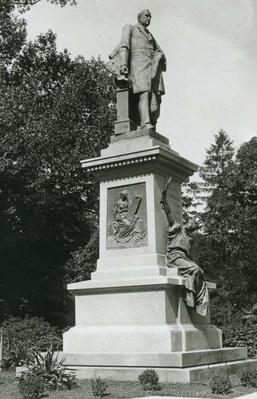 Пам'ятник графу Агенору Голуховському
Пам'ятник графу Агенору Голуховському
-
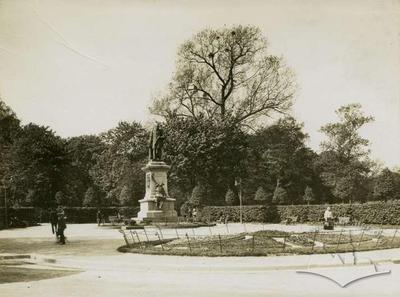 Пам'ятник Агенору Голуховському
Пам'ятник Агенору Голуховському
-
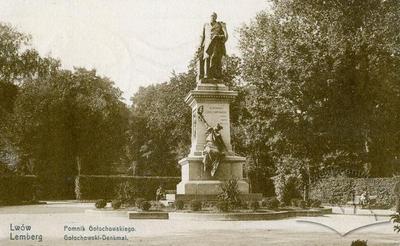 Пам'ятник Голуховському
Пам'ятник Голуховському
-
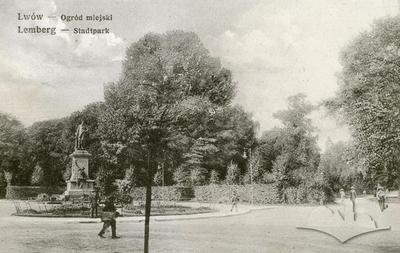 Міський парк
Міський парк
-
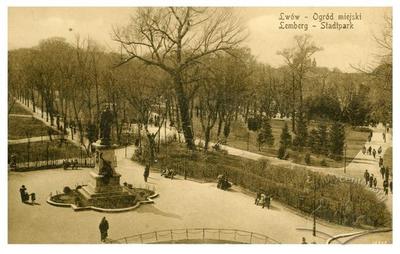 Міський парк
Міський парк
-
 Пам'ятник Голуховському та поєзуїтський город
Пам'ятник Голуховському та поєзуїтський город
-
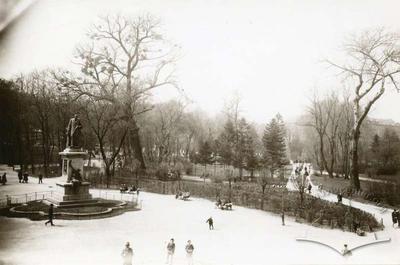 Пам'ятник Агенору Голуховському
Пам'ятник Агенору Голуховському
-
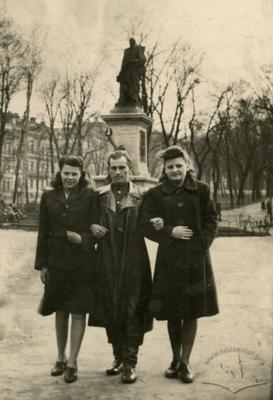 Пам'ятник графу Агенору Голуховському
Пам'ятник графу Агенору Голуховському
-
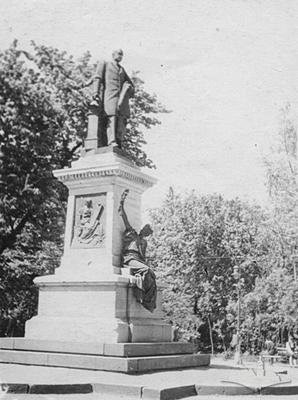 Пам'ятник графу Агенору Голуховському
Пам'ятник графу Агенору Голуховському
-
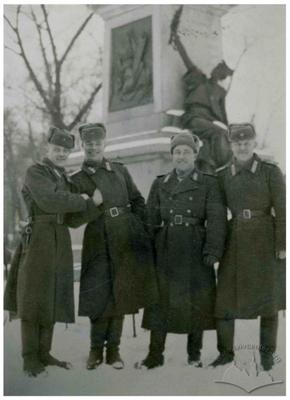 Військові біля пам'ятника графу Агенору Голуховському в парку Костюшка
Військові біля пам'ятника графу Агенору Голуховському в парку Костюшка
-
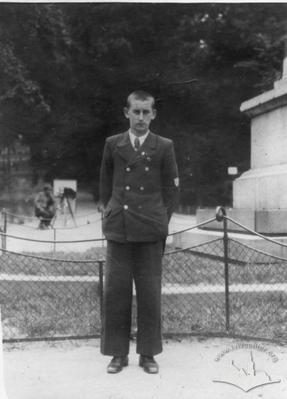 Портрет поруч із пам'ятником Агенору Голуховському
Портрет поруч із пам'ятником Агенору Голуховському
-
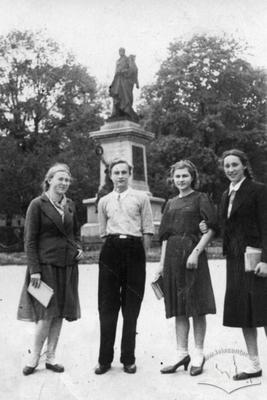 Портрет перед пам'ятником Агенору Голуховському
Портрет перед пам'ятником Агенору Голуховському
-
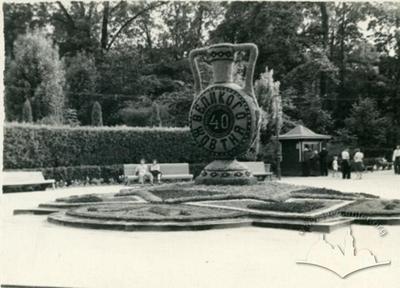 Клумба в парку ім. Івана Франка
Клумба в парку ім. Івана Франка
-
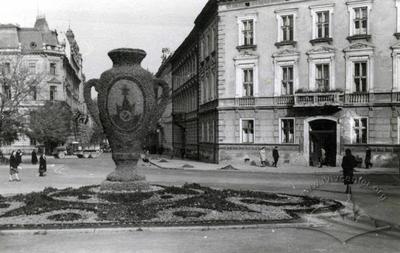 Декоративний квітник у вигляді вази з квітів навпроти вул. Січових Стрільців
Декоративний квітник у вигляді вази з квітів навпроти вул. Січових Стрільців
-
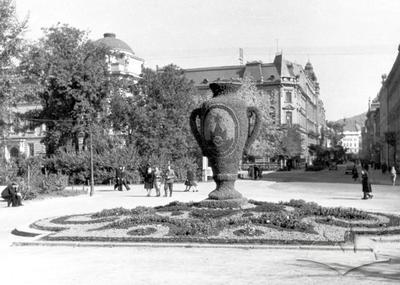 Парк імені Івана Франка, 1950-ті роки
Парк імені Івана Франка, 1950-ті роки
-
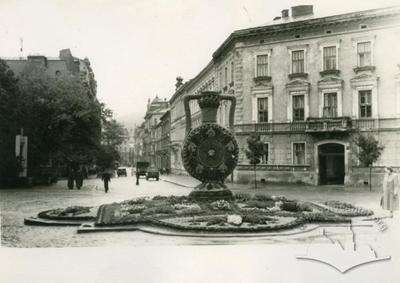 Декоративний квітковий куманець та фігурна клумба в нижній частині парку ім. І. Франка
Декоративний квітковий куманець та фігурна клумба в нижній частині парку ім. І. Франка
-
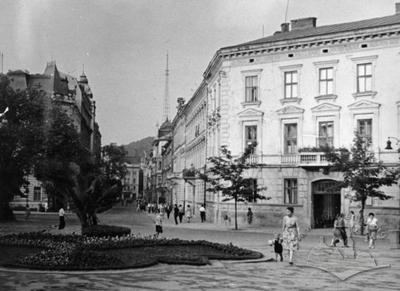 Клумба в підніжжі головної алеї парку ім. І. Франка
Клумба в підніжжі головної алеї парку ім. І. Франка
-
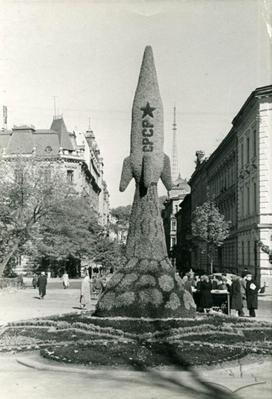 Декоративний квітник у вигляді ракети на вул. Січових Стрільців
Декоративний квітник у вигляді ракети на вул. Січових Стрільців
-
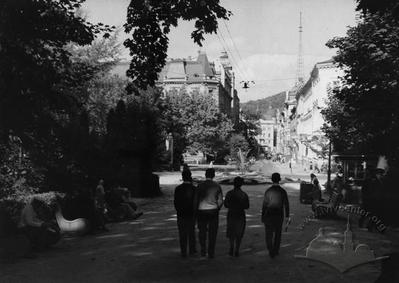 Центральна алея парку ім. І. Франка
Центральна алея парку ім. І. Франка
-
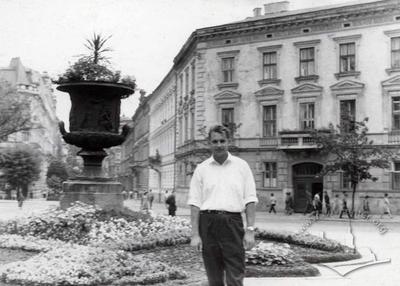 Ваза за мотивами скульптора Торвальдсена у парку І. Франка
Ваза за мотивами скульптора Торвальдсена у парку І. Франка
-
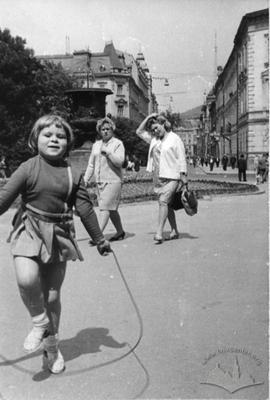 Дівчинка у парку Івана Франка
Дівчинка у парку Івана Франка


